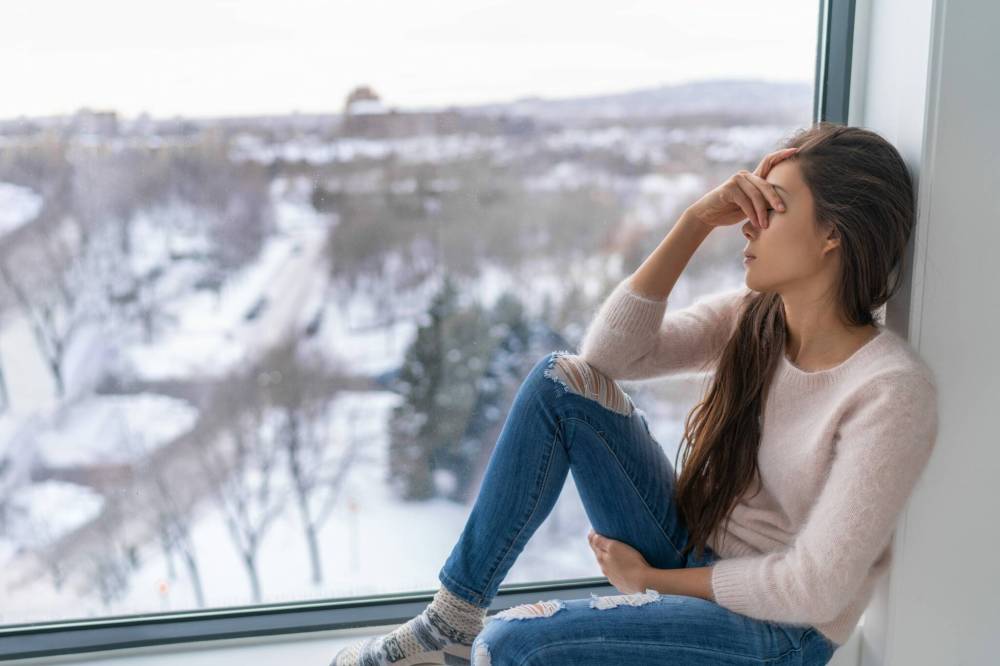Being proactive about seasonal affective disorder
Advertisement
Hey there, time traveller!
This article was published 12/10/2022 (1142 days ago), so information in it may no longer be current.
If you’re starting to feel those ‘winter blues’ kicking in as the days get shorter and colder, you’re not alone. It’s common to have a bit less energy and an increased desire to go into hibernation mode this time of year.
But sometimes we can experience stronger feelings of depression as we head into fall and winter, and that can indicate something more serious might be going on.
Seasonal affective disorder (SAD) is a type of depression that typically affects people in the fall season and carries on through winter, often improving in the spring and summer months.

Seasonal affective disorder (SAD) is a type of depression that typically affects people in the fall season and carries on through winter.
Symptoms can include feeling listless and sad, having low energy, sleeping and eating too much, having difficulty concentrating, losing interest in things you enjoy, and having thoughts of death or suicide.
Although it’s not entirely clear what causes SAD and why some people experience it while others don’t, some experts believe the change in season can affect a person’s melatonin levels (disrupting sleep patterns), circadian rhythm (disrupting internal clock), and serotonin levels (disrupting mood).
This seems to make sense, since people living further north and south of the equator appear to be affected by SAD more frequently, possibly because of the decreased sunlight in the fall and winter.
Other factors such as low vitamin D levels, a family history of SAD, and a major depression or bipolar disorder diagnosis also seem to play a part in why some individuals get SAD.
If you think you could be suffering from SAD, it’s important to speak to your doctor or other health professional to find out how you can get a diagnosis and what your treatment options are.
Light therapy boxes mimic outdoor light and are thought to improve the symptoms of SAD. Light boxes should be made to specifically treat SAD, provide an exposure to 10,000 lux of light, and produce as little UV light as possible. Follow the manufacturer’s instructions for use.
Psychotherapy is another option to help people cope with difficult situations and feelings of depression, and a type of therapy called cognitive behavioural therapy (CBT) seems to be particularly helpful for SAD.
Your healthcare provider might also suggest antidepressant medications or vitamin D supplements as other options.
If you are experiencing extreme depression symptoms and they are affecting your ability to work, go to school, or take care of yourself, seek medical help as soon as possible.

Our newsroom depends on a growing audience of readers to power our journalism. If you are not a paid reader, please consider becoming a subscriber.
Our newsroom depends on its audience of readers to power our journalism. Thank you for your support.




